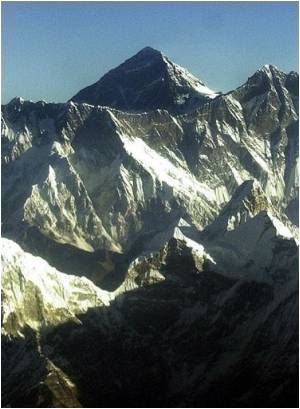
Kimberly Casey, a glaciologist based at the US space agency's Goddard Space Flight Centre, who visited the mountain earlier this year, also noticed Kilimanjaro's north ice field had separated.
The glacier had been developing a hole since the Seventies, but this is the first year in which it had been seen to divide in two, the Daily Mail reported.
"We were able to walk on land - or we could have even ridden a bicycle - directly through the rift," Dr Casey said.
Scientists now warn it's no longer a question of whether Kilimanjaro's ice will disappear, but when.
Estimates vary, but several scientists predict it will be gone by 2060.
Advertisement
At points, ice has completely surrounded the crater. Studies of ice core samples show that Kilimanjaro's ice has persisted through multiple warm spells, droughts, and periods of abrupt climate change.
Advertisement
An increasingly dry regional atmosphere, for example, is starving the mountain of the fresh snow needed to sustain the ice fields.
Drier air is also reducing cloud cover and allowing more solar energy to warm the ice surfaces.
Source-ANI









